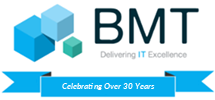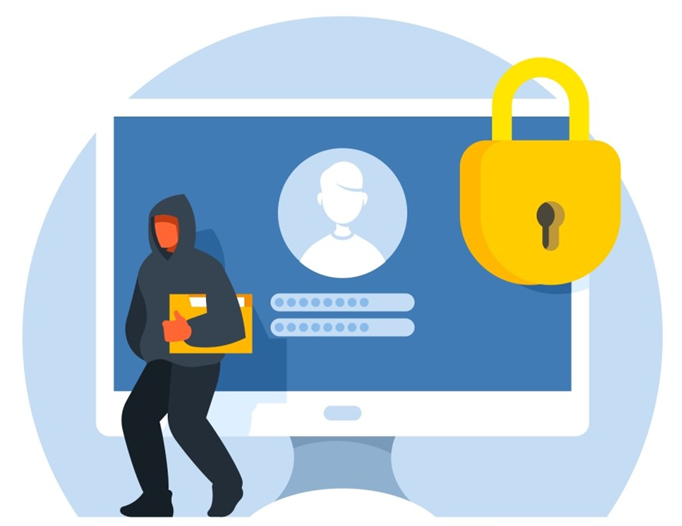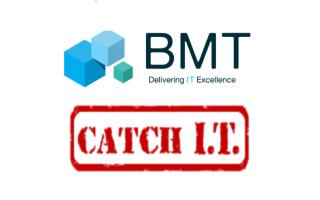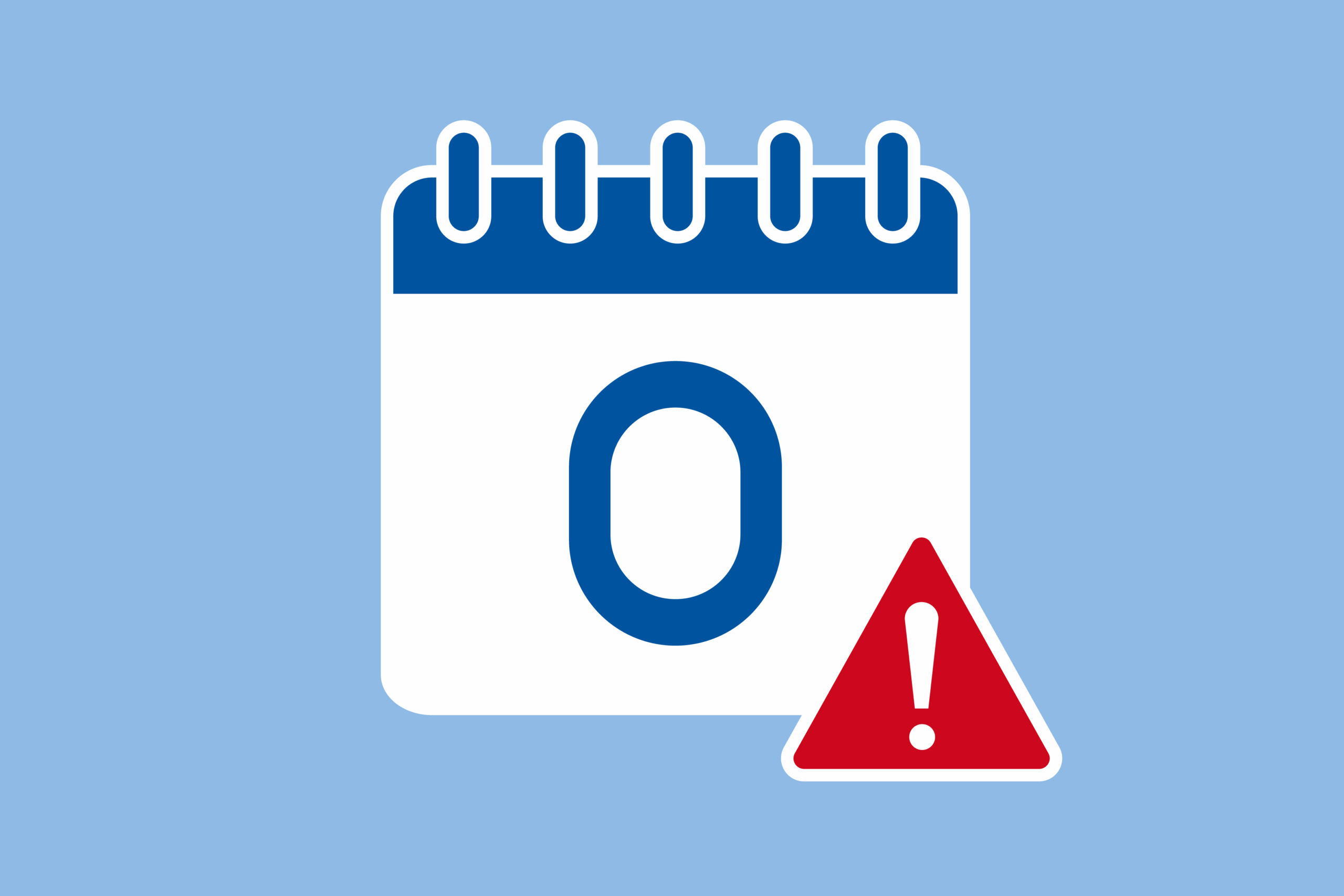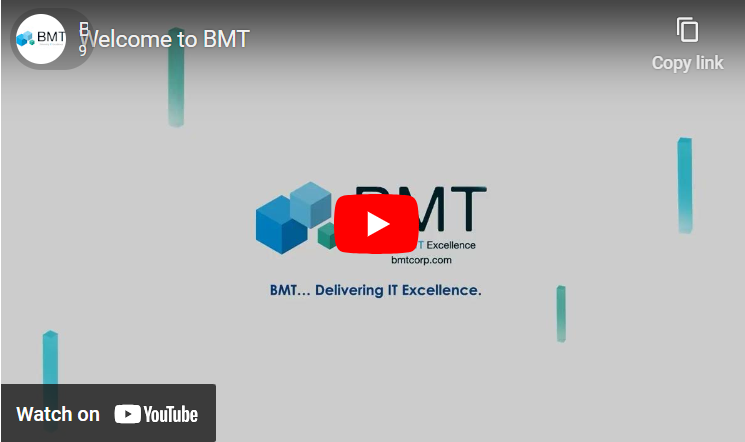Running a business now is not like running one just a decade or two ago. With the older system, if one couldn’t speak to a partner in person, slower fax machines and phone calls were the only alternatives. Similarly, research included manually borrowing library books and digital media meant posting unedited camera photos without filters and emojis, that is, until integrating IoT devices became a thing.
What Is IoT?
IoT, which stands for “Internet of Things,” is an online system that connects smart devices to the Internet. These items include anything that collects and sends data (like motion, temperature, and humidity sensors that conduct detections) and retrieve-and-act equipment that takes the data collected by the former and reports it to the appropriate person.
Some things do both jobs, which means they collect, send, retrieve, and act, to cut out human interference. Below, we’ll explain how these sensors work together to improve a business.
Remote Management and Working Options
Integrating IoT devices also helps with remote management since the business owner can check these sensory systems from anywhere. They can even resolve issues remotely, reducing the need for traveling while increasing business uptime. For example, IT teams can remotely run security patches and make updates while security teams use remote device management systems to bar cyber threats.
Employees also work remotely or from other offices worldwide while still successfully collaborating with teammates in varying locations. IoT devices like mobile phones, laptops, and tablets use an Internet connection (5G being the most popular type in recent years) to allow anything from video chatting during a meeting to employers sending out mass SMS or email messages so everyone stays connected.
More Operational Efficiency Thanks to Real-Time Tracking
Again, sensors conduct 24/7 real-time monitoring, meaning the second something is amiss, it either sends out an alert to another sensor to take action or to the correct employee. In doing so, it bars issues like product damage, downed systems, and inefficiency in performance, all of which cause major workflow disruptions.
For instance, if a refrigeration system isn’t reaching its optimal cooling capacity and the temperature in a cool room is rising, IoT devices warn a worker to make immediate repairs to prevent spoiled produce or damaged goods. Even when things are going fine, businesses oversee everything with IoT to reduce human error and carrying costs, optimize inventory with asset tracking, and more to prevent downtime.
Data Collection for Customer Insights
IoT also keeps business owners connected to customers by tracking their needs and preferences so the company can more uniquely advertise to them. For instance, a clothing brand’s online platform can determine each shopper’s likes and styles by observing their search and browsing history to better suggest comparable articles of clothing and increase personalization and sales.
These smart sensors that undergo data collection also increase engagement, especially among those who have abandoned their carts or have stopped browsing, with offers, promo codes, and incentives.
Integrating IoT devices revolutionizes business operations and communication, guaranteeing company growth. So, stay informed on trends and learn more about integration methods today!
